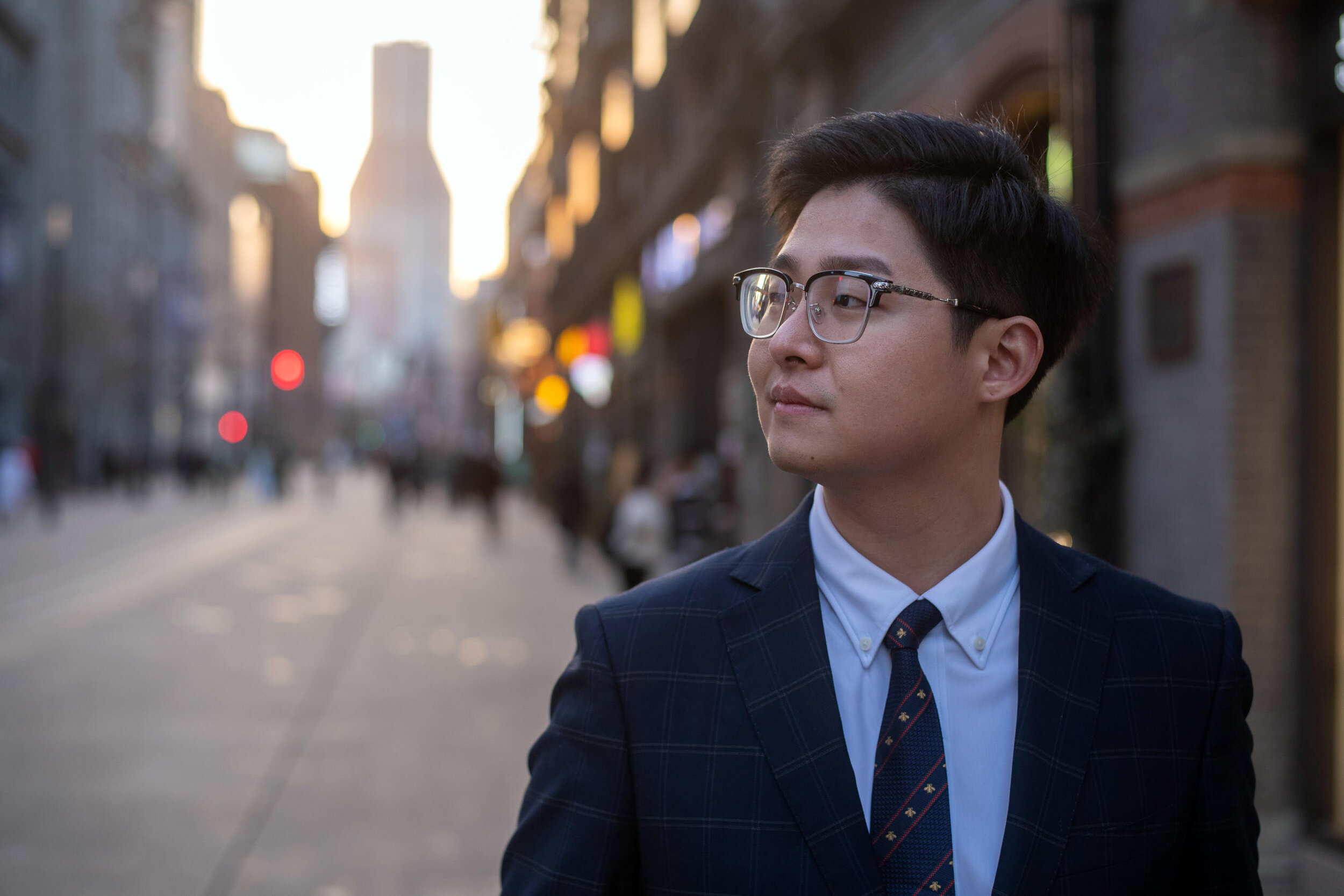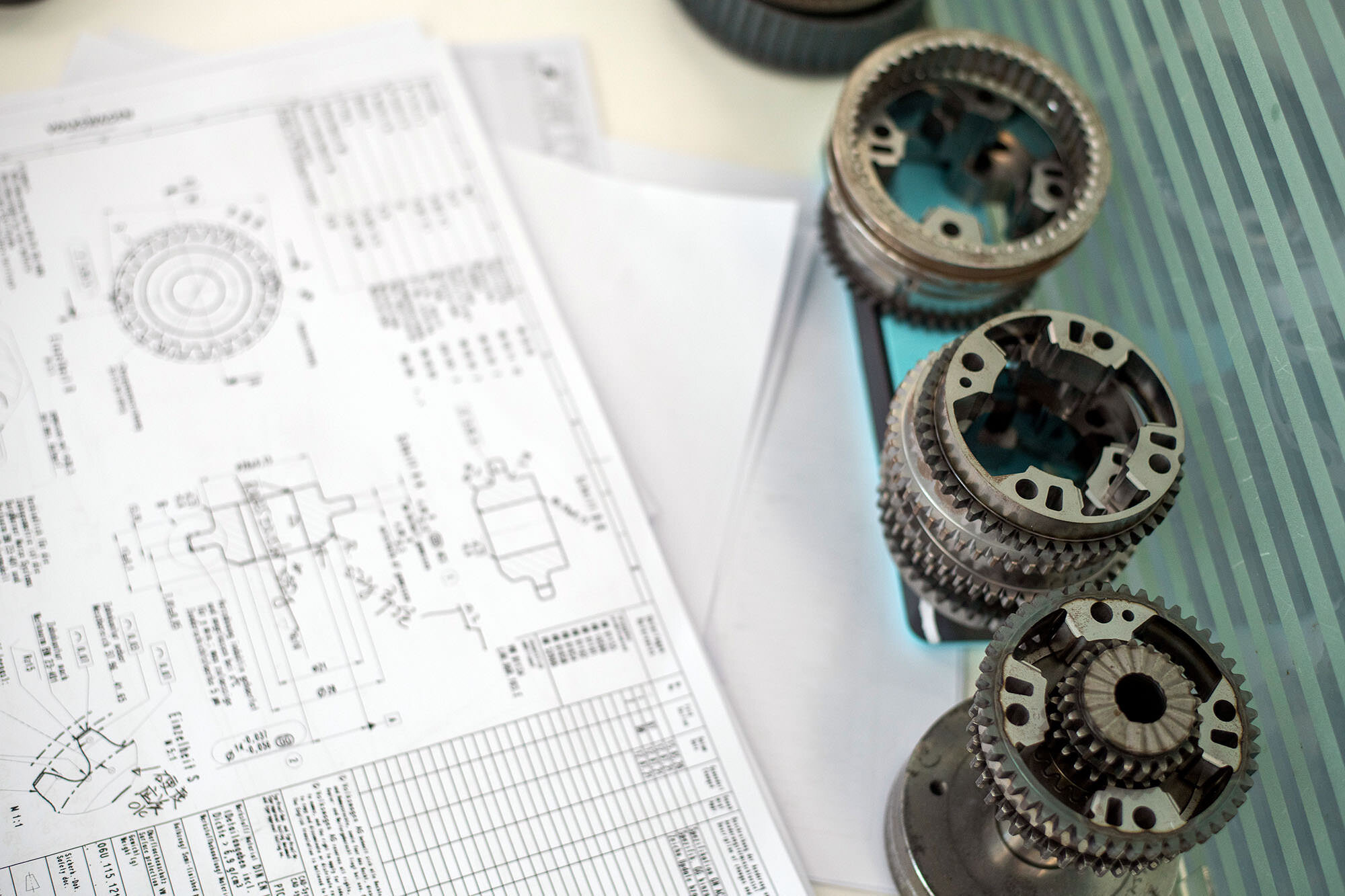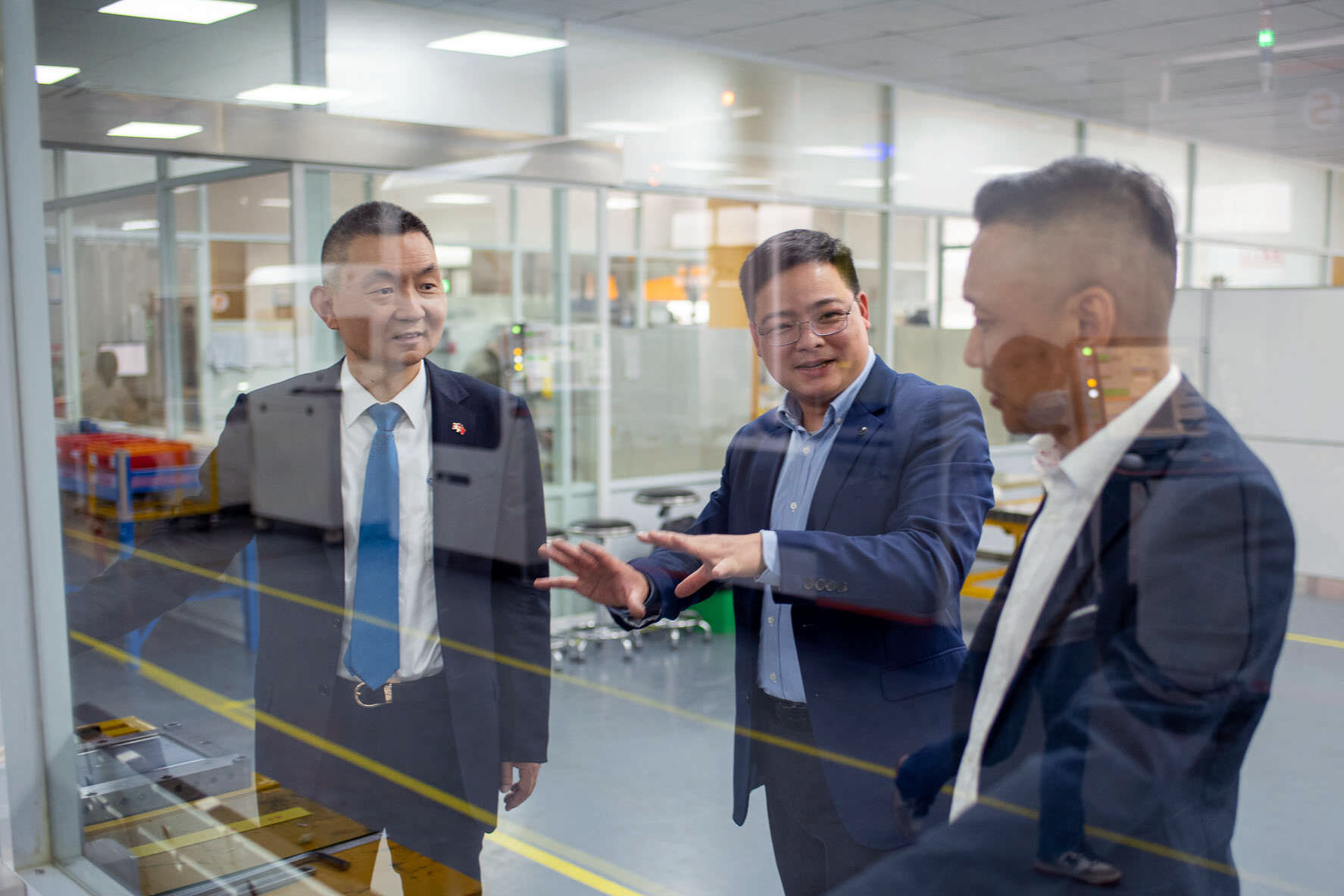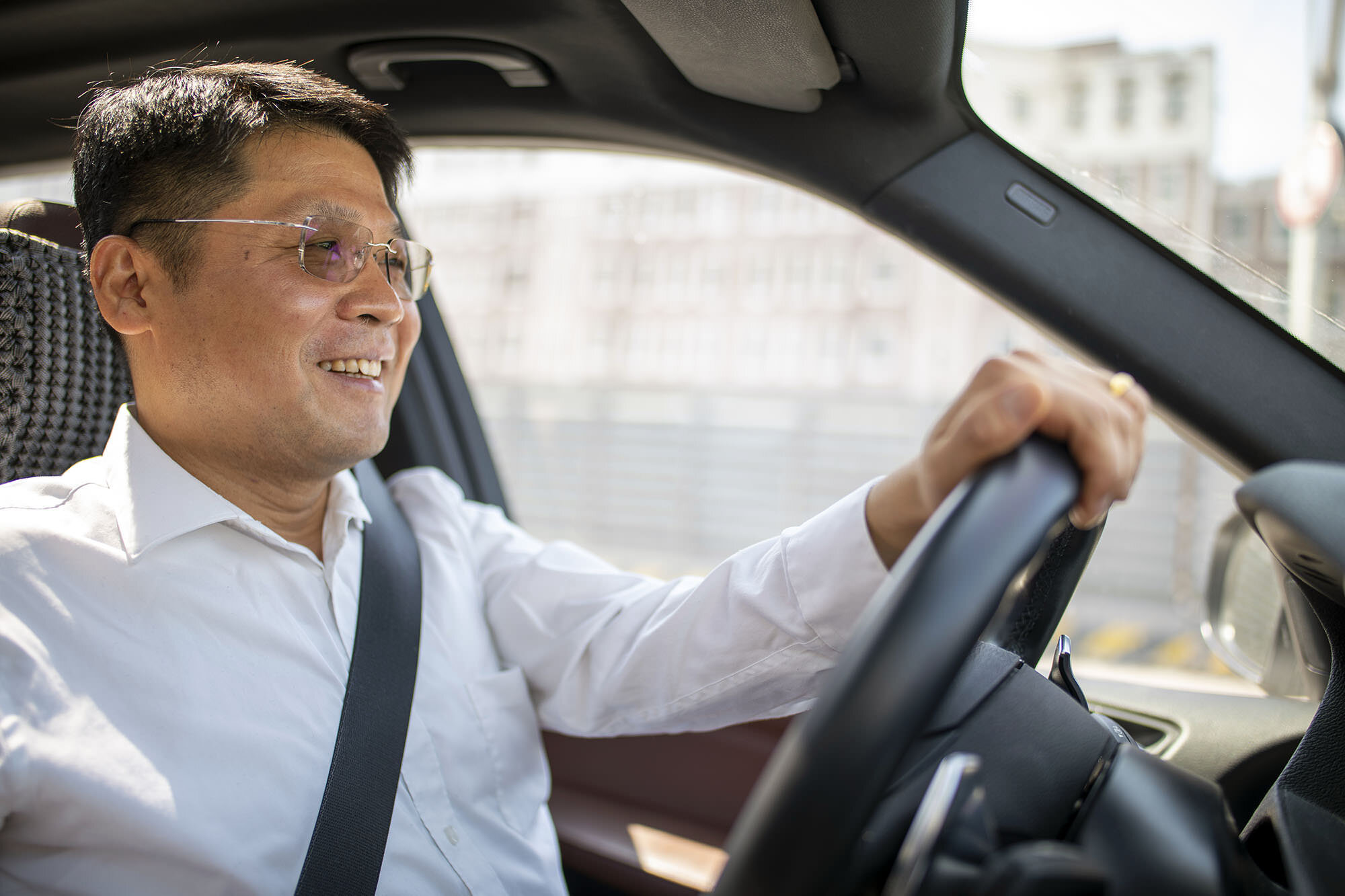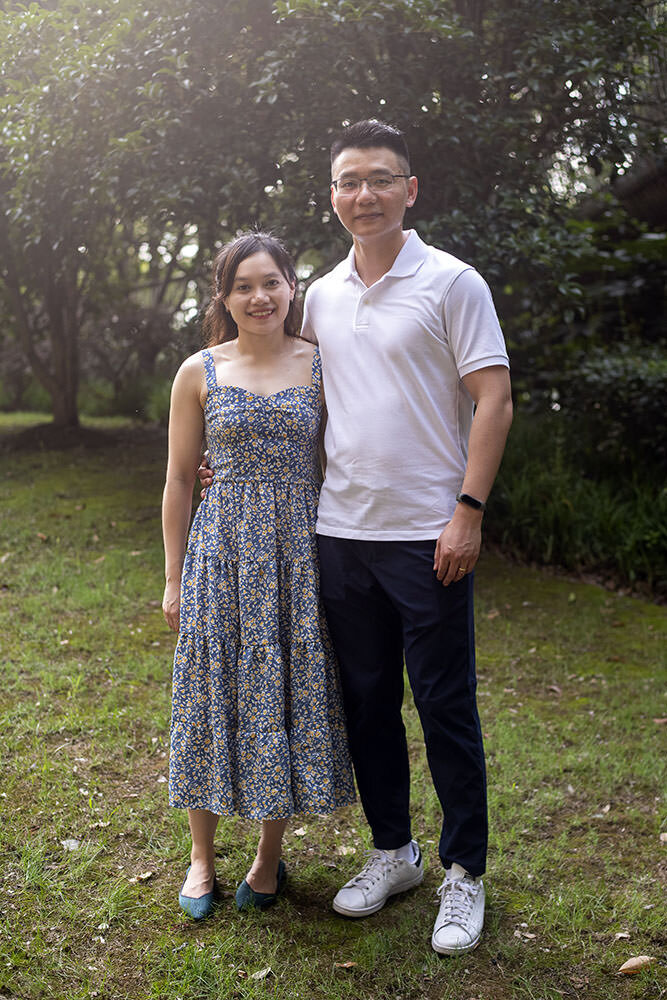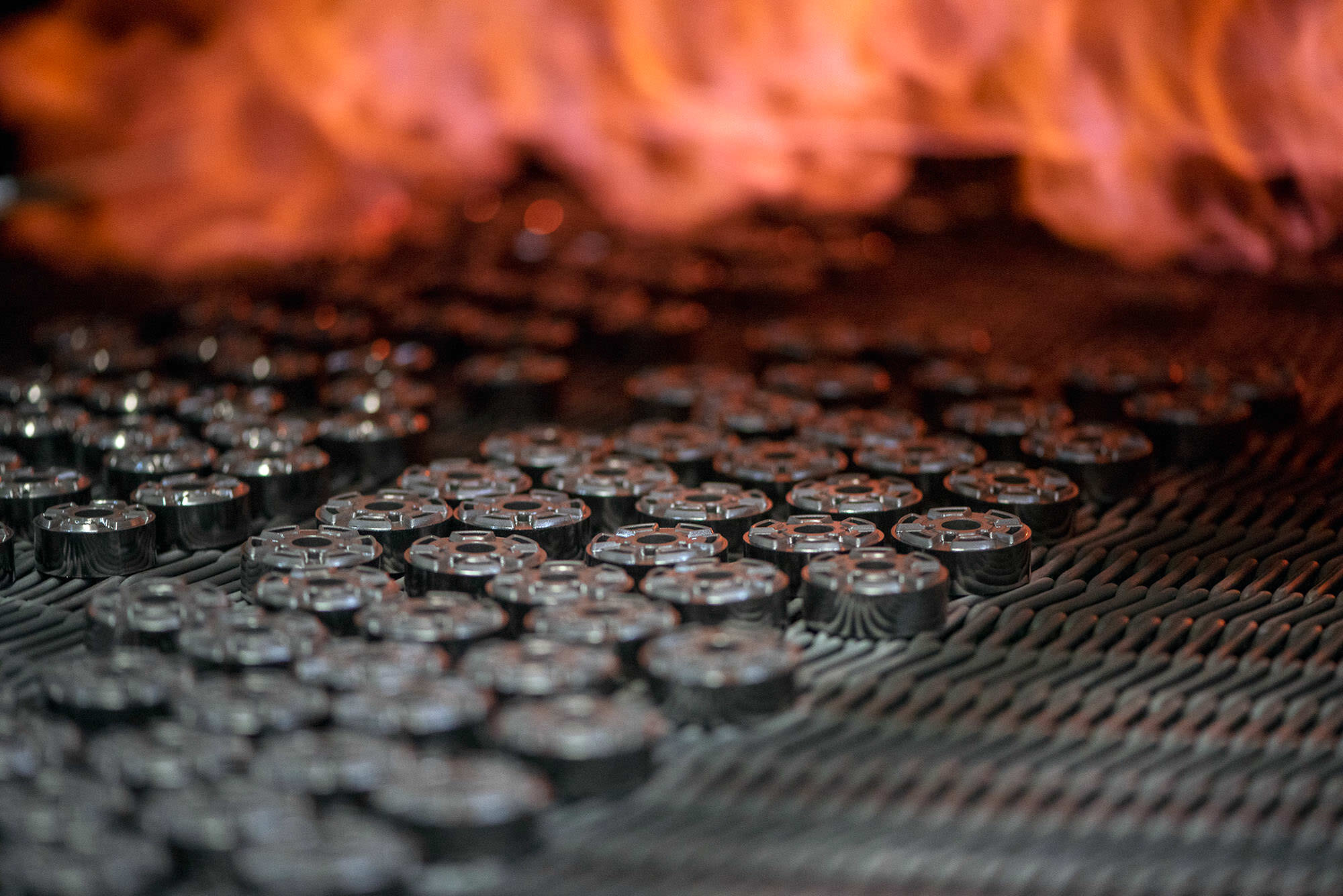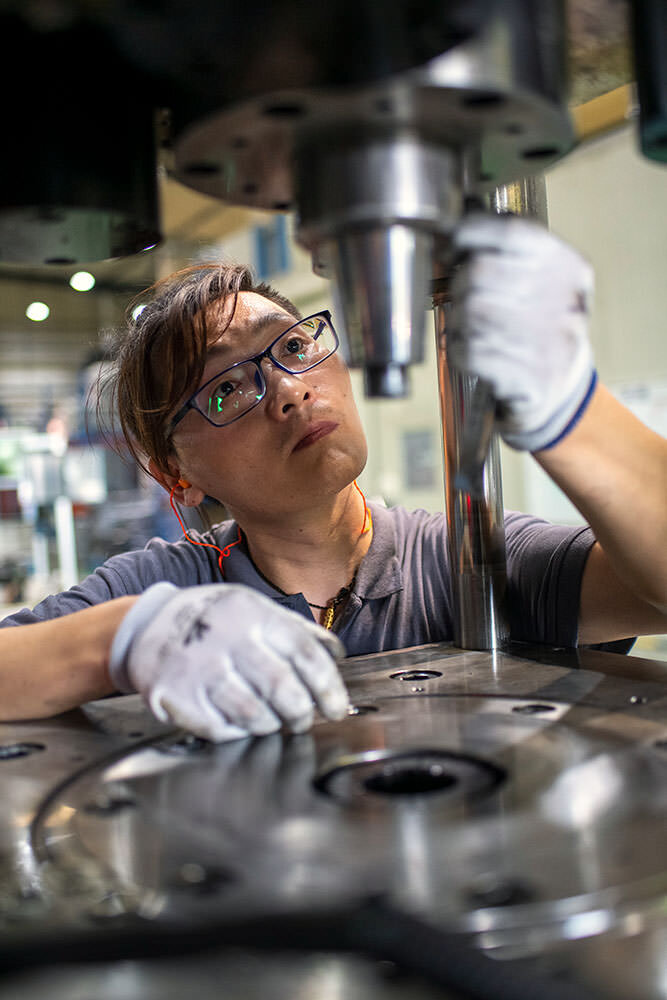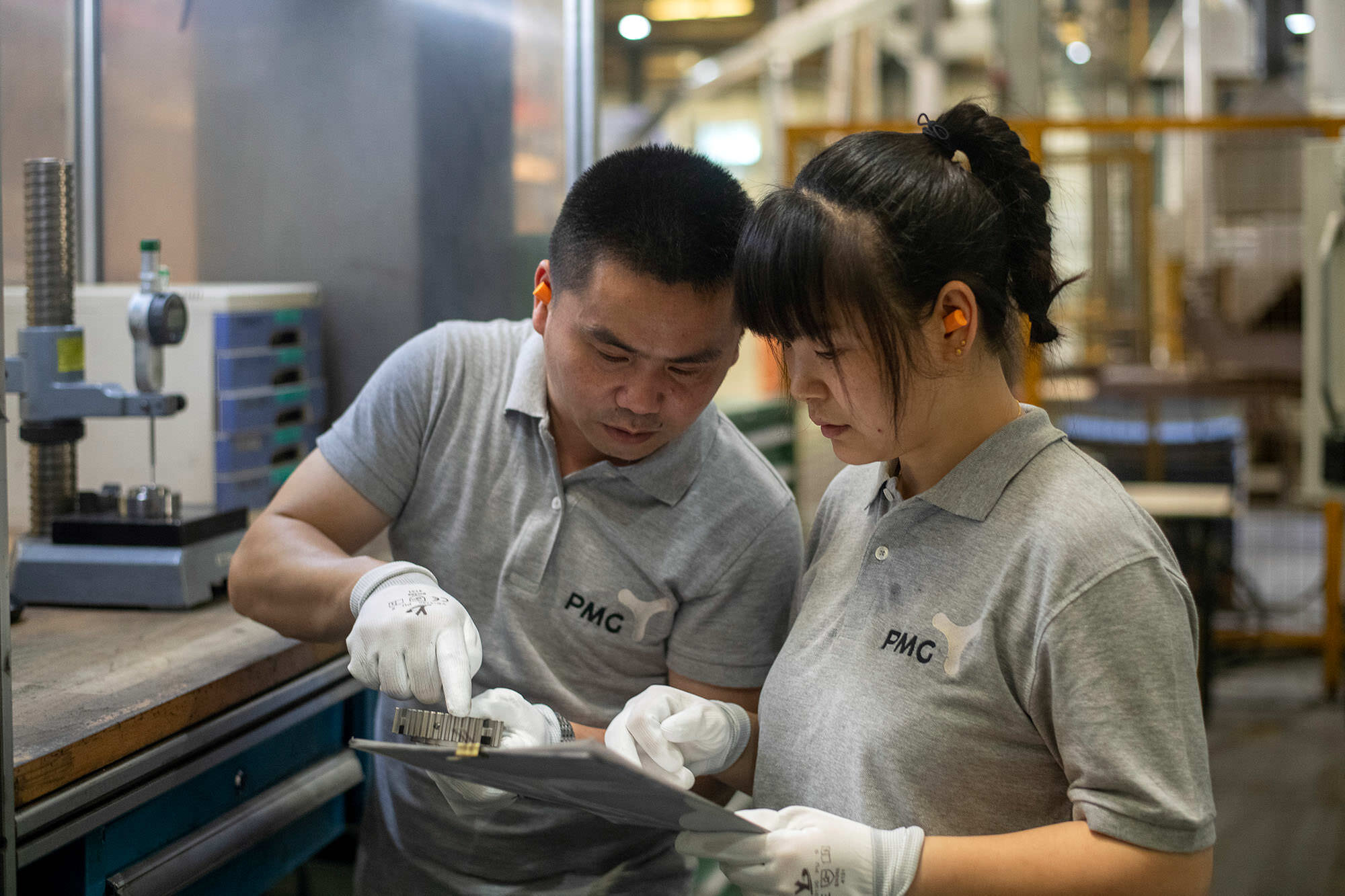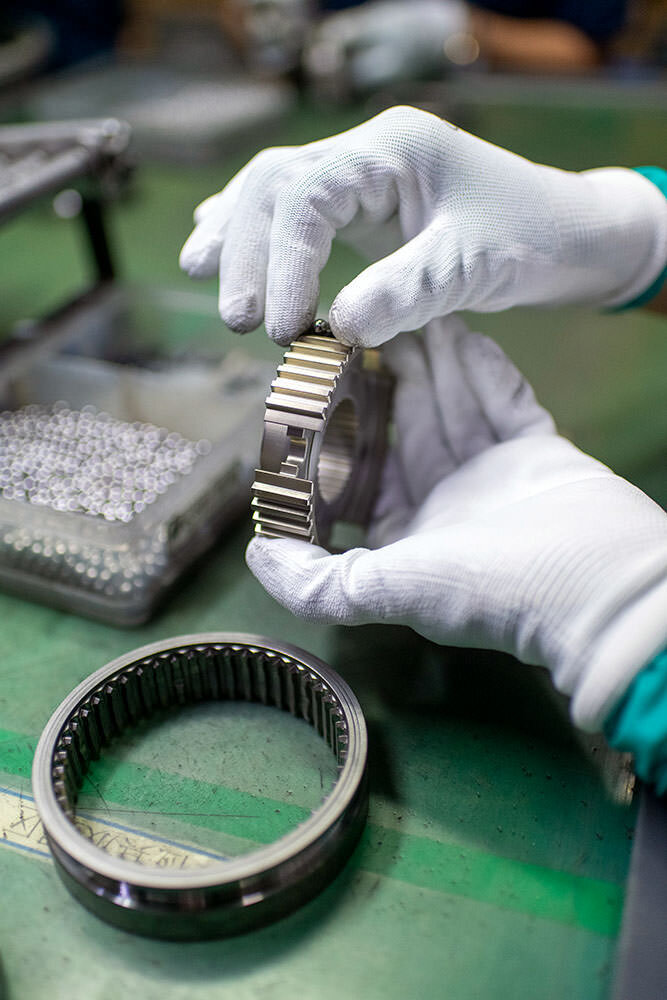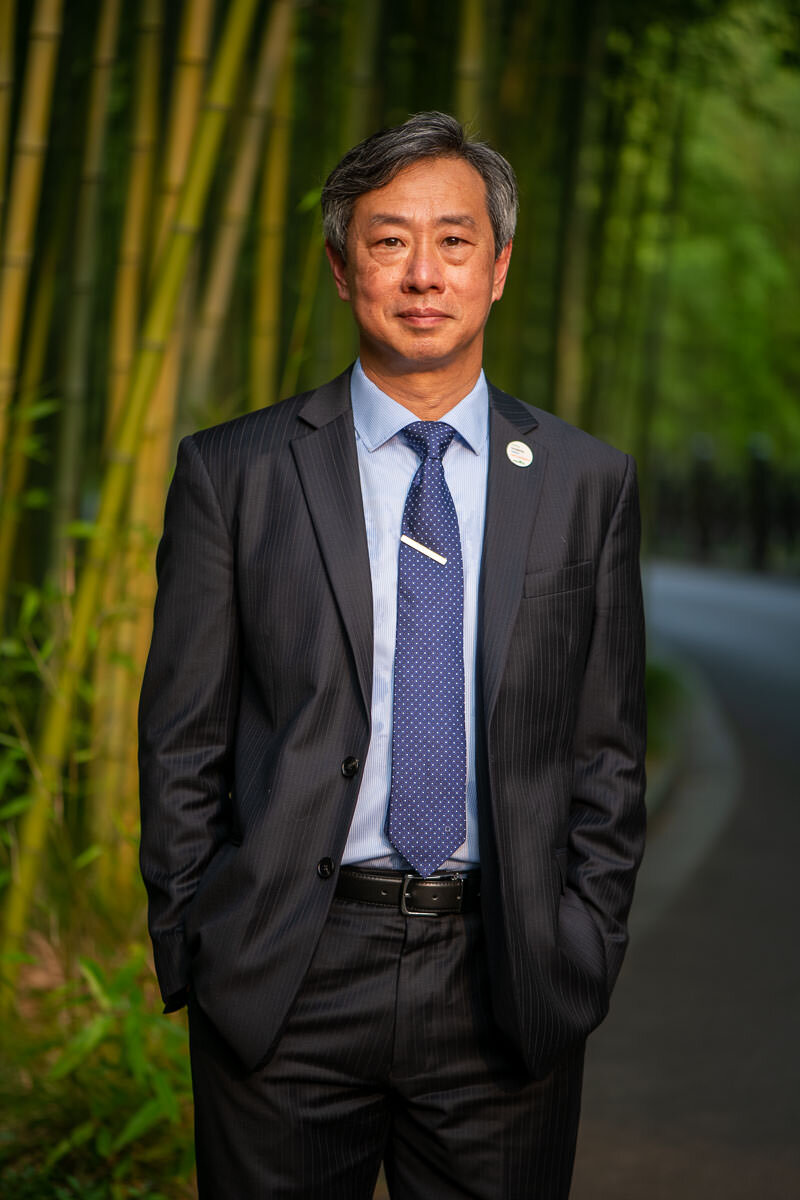It seems that I’ve barely touched on the kind of photography that actually pays my bills on this blog, so I thought it’s time for me to discuss some recent corporate photography work in Shanghai and its surrounds.
What I’m seeing is that there seems to be a trend in corporate photography for ‘real’ photography, that is, photography in a photojournalism/reportage/documentary style (these three terms are often used interchangeably). I’m increasingly asked not to make corporate photography look too corporate. As my background is in photojournalism, I don’t mind this kind of direction. My natural style is to shoot with natural/available/ambient light.
Unlike with editorial photography assignments, I’m usually given very specific direction to follow when I shoot corporate photography. This might be a PDF style guide with exisiting shots from other shoots, some pages from the section of the campaign/corporate magazine/annual report I’m shooting for and/or a list a key words of the emotions and impressions they want the images to convey.
In contrast, I find that magazine editors will hire me because they like how I shoot and then leave me largely to my own devices.
When I’m briefed for corporate assignments, I’ll make a mental (or written) note of commonalities within the style guide such as layering within a composition, which focal lengths they seem to favour (e.g wide, telephoto, or 50mm ‘standard’ lens), depth of field, as well as the general look and feel. On one recent assignment the client scheduled a Zoom meeting for me to talk with their creative team, In this case, I was basically asked not to copy the photos in the style guide to the extent that they are identical to the guide. That seems like a pretty obvious thing not to do as far as I’m concerned, but I guess some brands have a problem with other photographers doing that
Not all corporate photography assignments ask for a ‘natural’ look. For instance, although the assignments I’ve shot for W Hotels are stylistically dissimilar to some of the more industrial shoots I’ve been doing lately, the W style guide diverges from the kind of photography usually associated with corporate photography, which is basically clean, balanced studio lighting on location.
As for W Hotels, I’d describe their look as louche paparazzo glamour. The brand favours the kind of hard direct flash associate with the likes of Juergen Teller or Terry Richardson. This is a kind of ‘anti-corporate’ photography lighting with the flash an obvious effect with harsh shadows cast by the artificial light as opposed to carefully setting up strobes with diffused light for clean and balanced look. On that thought, I do remember an interview with Helmut Newton where he claimed that the paparazzi was his greatest influence. For someone drawn to extremes who also said that all “Any photographer who claims not to be a voyeur is either an idiot or a liar”, it does make sense that paparazzi would be a creative influence on photography it’s whether it’s Weegee, a paparazzo who gained artistic credibility over time or those who hound celebrities these days for buck. I’d consider these people more like subbranch of private investigators with cameras though.
But I digress… Lately, I’m specifically asked not to light a subjects at all or at least to try to avoid it. This is where I’ve found RGB light sticks come in really handy - especially if I’m shooting in an industrial environment. Light sticks are usually used on video and film shoots and are great to give a little lift to the ambient lighting. Otherwise if I’m able to shoot outdoors, I’ll pick the best light of the day. As the sun rises so early in Shanghai these days (around 6 AM), I’ll usually aim to shoot outdoor portraits during the last couple of hours of daylight: from 4:30 PM or so.
Anyway, here are a few shots from various corporate assignments this year for clients such as HSBC, Zeiss, G+F and Monash University among others.
